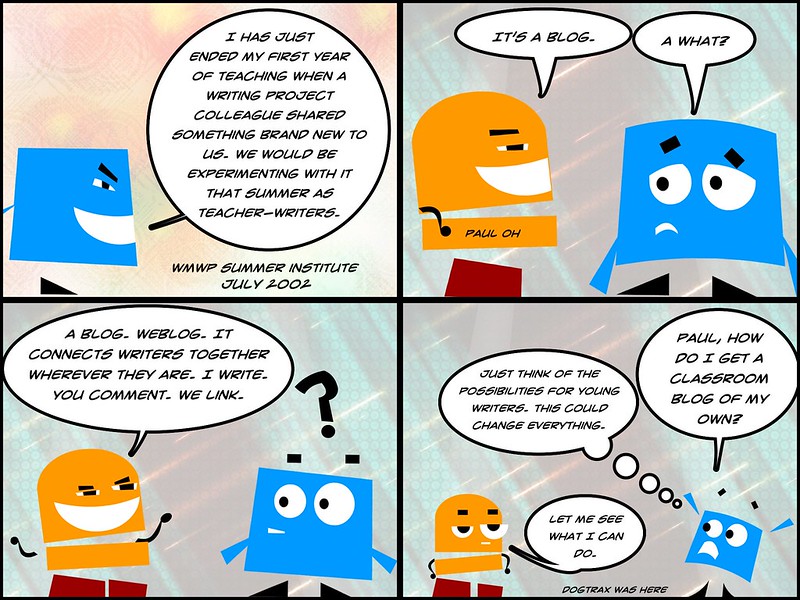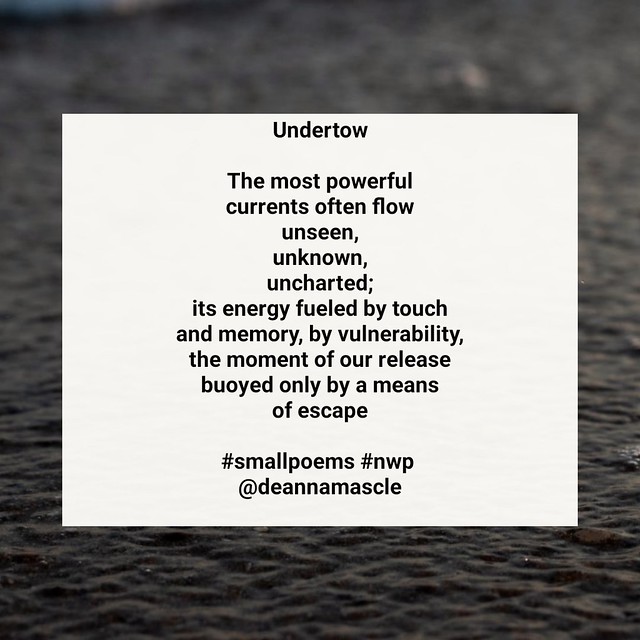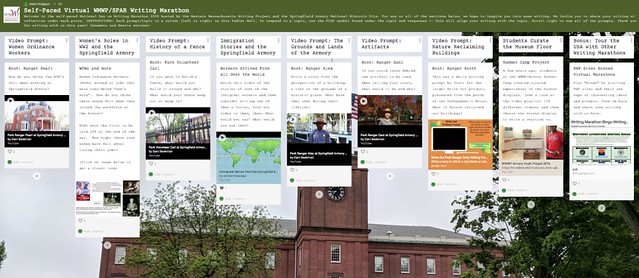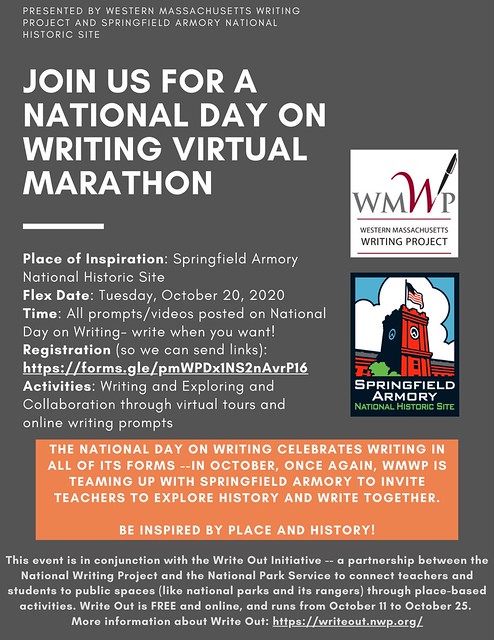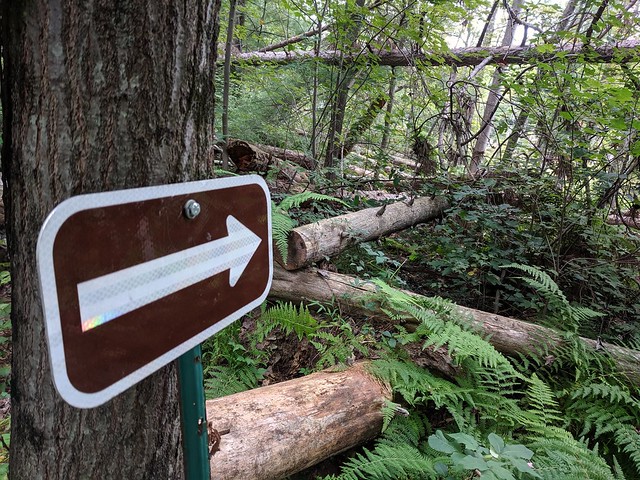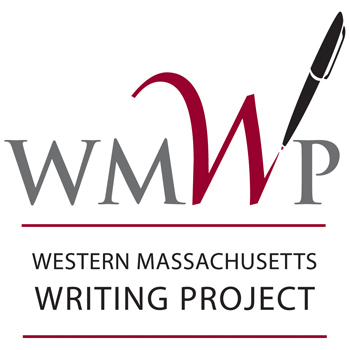I enjoyed a series of video interviews that Tanya Baker, of National Writing Project, did with poets called Story of a Poem, digging deep into a single poem with the poets and then ending with an invitation to write. It was like Song Exploder (a favorite podcast of mine) but with poems. I took the poets up on the invitation to write.
Here are my poems:
Squiggles Break My Art
I
ve
kicked this po em
around somuch
the words have
fa…
…ll….
….en
a p
a r
t
Paintingwitheditmarks,
computer squiGGles
break my
(he)ART
Inspired by George Ella Lyon via https://youtu.be/0L8OKN2gmbE
Words Bring Us Through
Where are the notes
when you need them
the most
the tongues of strings
that have no name
but still, sing:
cancion, oran,
kanzunetta, laul,
canco, abesti
song
Rest, then, for when
you least expect it to:
Words bring us through
Inspired by Dan (Zev) Levinson prompt of language and his “Sundailed” via
https://www.youtube.com/watch?v=ouEmIT8mbpw
Circular Revision
Awake
with the birds,
singing
No
Wake with
dawn breaking
to the songs
of birds singing
No
Be awake;
Listen!
Birds sing
this day into
being
No
The day
sings you
awake
Yes
Inspired by Shirley McPhillips and “Uncommon Education” via
https://www.youtube.com/watch?v=k5qzl7v7Kzc
Every time you lose something — no matter what it is — you find something else…
– Patrice Vecchione
Lost/Found
Sometimes I wonder
which reader found it –
that small notebook
of scratched stories,
pieces remembered
only after discovering
an empty pocket
at the train terminal
where I remained,
suddenly reminded,
how ephemeral is ink,
and paper, merely
temporary
Inspired by “Finders Keepers” by Patrice Vecchione and the call to write about something that has been lost via https://www.youtube.com/watch?v=z2fiEv_bKh8
With a Kiss From Hippocampus
Dipping fingers inside these fluid lands, inside what we don’t understand, so we go where the flow takes us – it breaks us – this tumbling turmoil off rock and ridge where such creatures live, where monsters like this exist – this fall, it breaks us – it takes us, it makes us humble again, for we might yet comprehend how every drop that comes apart from gravity’s kiss is also a drop where worlds resist the pull, such as this, this water, this rain, this, it takes us, this falling, this calling, it draws us to wonder, again, forward, towards bliss
Inspired by H.K. Hummel’s discussion of her prose poem: “The Fable of the Sailor and the Kraken” – and invitation to write about mythological creatures via https://youtu.be/G2MbsnA157E
Writing Rails of Ghost and Bone
That day we were walking
through wooded trails,
lost but never alone,
when we came upon
the remains of rails,
the tail end of the past
clutching the earth
with taut iron fist
how could we resist
the sudden urge to grip
the hammered steel,
slumbering on stone,
and wait on the day
for an oncoming rumble
of ghost and bone?
Inspired by t.l. sander’s poem “This” and the invocation to play with language and poetry via https://www.youtube.com/watch?v=sSoAtx60v4E
Peace (and poems),
Kevin

